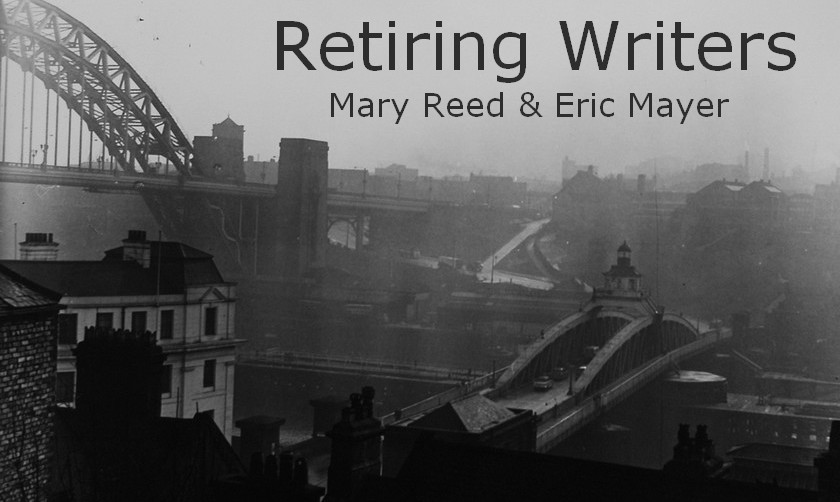"How had the crime been committed? How, conceivably, could it have been done in the time and the murderer make good his escape?"
Thus a character muses and the reader along with them.
As the novel opens, rich and much hated lawyer James Randolph Stone is dictating his will to a stenographer who, along with one of his clerks, witnesses the document. They have hardly stepped away from Stone's office when they hear a thud and a groan and find Stone dead with a dagger in his heart.
It's obvious the culprit got into Stone's private office via the door opening directly into the hall. Stone was in the habit of leaving the door unlocked for the benefit of visitors who did not want to be seen by his employees, but how did the murderer manage to creep up on Stone? The senior clerk sees a strangely familiar figure racing along far below, apparently having used the fire escape to leave the building in haste....and the just-signed will is missing.
Detective Graves appears and must solve such conundrums as how the seemingly impossible deed was done and who stole the will and why. Is the culprit a man with an old and justified grudge against Stone? He's rented the office next door to Stone's and furthermore was seen dropping a dagger. Then there's Stone's nephew, overheard quarrelling violently with his uncle the night before the murder.
When the nephew is arrested, office boy Peter and telephone operator Maybelle collaborate with Mr Gregory to investigate the case. Thus begin episodes of romance, secrets, and breaking and entering, not to mention suspicious behaviour by Stone's other nephew.
While the dialogue is sometimes stiff, the exchanges between Peter and Maybelle are lively, and once through the first few chapters the action begins to speed up and carries the reader along. The plot is deceptively simple in that suspects' actions present such an appearance there seems little doubt one or the other is guilty. Indeed, the reader may, as I did, begin to suspect a third party to boot.
Plus there is always that lingering puzzle: how did the murderer kill Stone and get away so quickly? Stone's office has an open window but it's over 20 yards from his old enemy's window and besides they are on the thirteenth floor. There's a communicating door between the two offices but it's blocked with obviously undisturbed books and in any event the books couldn't have been removed and put back in the very short time Stone was alone in his office between signing his will and being found dead.
My verdict: There's some well-done misdirection which, together with the matter of the missing will, is ultimately explained in excellent fashion. However, the revelation of the murder method, while perfectly acceptable in itself, is somewhat disappointing because there's not a jot nor tittle of a clue to hint at it earlier nor any indication why the murder was committed until the culprit reveals it. So while I'd give another Thayer novel a whirl, I shall award The Mystery of the Thirteenth Floor a B-.
Etext (some minor scrambling ): The Mystery of the Thirteenth Floor by Lee Thayer




